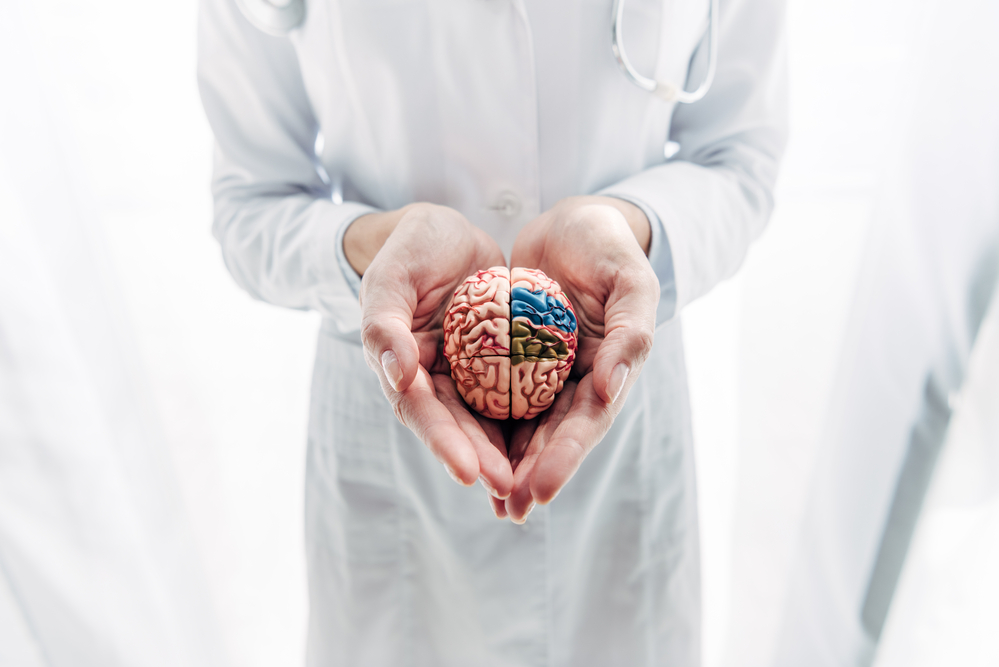
Study Compares Transgender, Cisgender Brain Scans

Transgender individuals appear to have a “unique brain phenotype” compared to their cisgender peers, according to a recent Journal of Sexual Medicine study.
In the past, researchers have studied the role of gender identity in neuroanatomy, but it is still unclear whether the brain structure of transgender people align more with their sex assigned at birth or their gender identity. In addition, studies have generally had small cohorts, differing analysis methods, and mixed results.
For the current study, as part of the ENIGMA Transgender Persons Working Group, researchers compared MRI scan data of transgender and cisgender participants. Data came from previously published work on transgender subjects.
Researchers examined MRI scans of 803 participants from 8 sites:
- 214 non-hormonally treated transgender men (mean age 28 years)
- 172 non-hormonally treated transgender women (mean age 28 years)
- 221 cisgender men (mean age 29 years)
- 196 cisgender women (mean age 27 years)
Three areas of interest were reviewed:
- Grey matter volume (cortical and subcortical)
- Cortical surface area
- Cortical thickness
The authors reported that the “(sub)cortical brain volumes and surface area” of transgender subjects “differed significantly” from those of their cisgender counterparts. However, no statistically significant differences were found for cortical thickness.
“Contrasting the 4 groups, . . . we observed a variety of patterns that not only depended on the direction of gender identity (towards male or towards female) but also on the brain measure as well as the brain region examined,” they wrote.
The findings contrast the notion that the neurobiology of transgender people resembles either their sex assigned at birth or their gender identity, suggesting a “unique phenotype,” the authors said.
They noted several limitations to the research. For example, because the MRI scans came from several different sources, the data are heterogeneous. In addition, the researchers did not investigate any influences of culture or ethnicity.
They also pointed out that the study subjects were transgender, and that the results wouldn’t necessarily represent gender non-binary people.
Still, the research establishes a potential baseline for additional studies that focus on the brain structure of transgender people after the start of gender-affirming hormone therapy, they said.
Resources
- The Journal of Sexual Medicine - “The Neuroanatomy of Transgender Identity: Mega-Analytic Findings From the ENIGMA Transgender Persons Working Group”
Mueller, Sven C., PhD, et al.
(Full-text. Published: May 21, 2021)
https://www.jsm.jsexmed.org/article/S1743-6095(21)00425-2/fulltext



